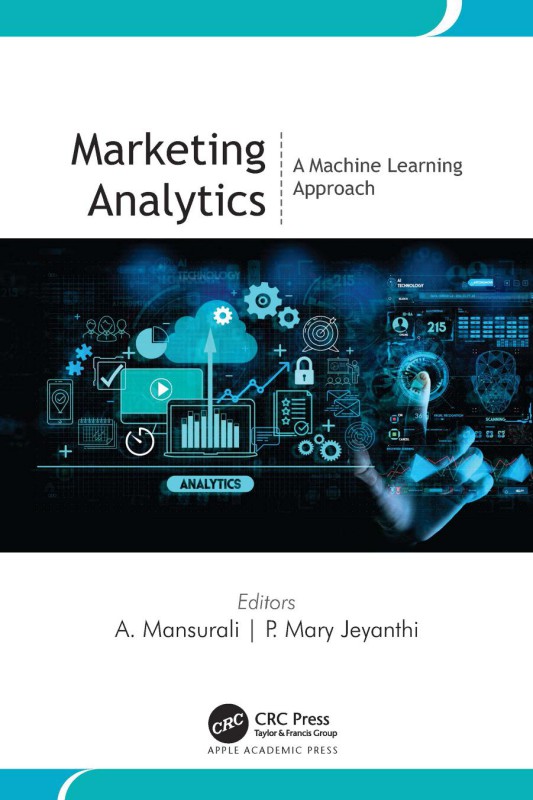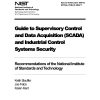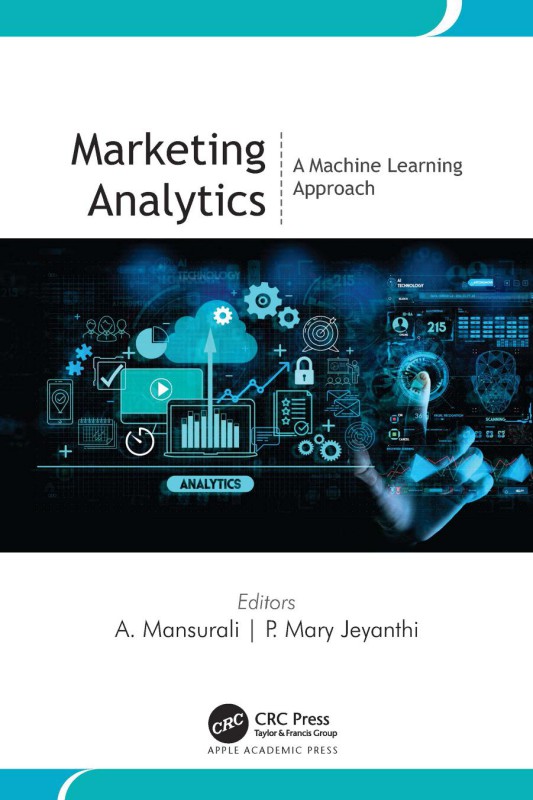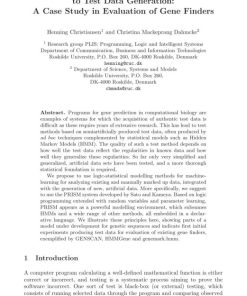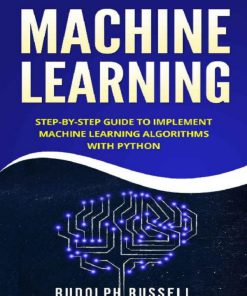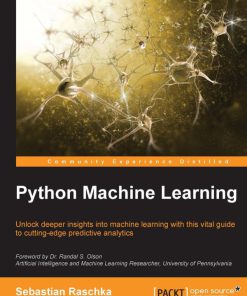Marketing Analyticsu A Machine Learning Approach 1st edition by Mansurali 9781000608908 1000608905
Original price was: $50.00.$25.00Current price is: $25.00.
Authors:A. Mansurali , Series:Management [524] , Tags:With businesses becoming ever more competitive; marketing strategies need to be more precise and performance oriented. Companies are investing considerably in analytical infrastructure for marketing. This new volume; Marketing Analytics: A Machine Learning Approach; enlightens readers on the application of analytics in marketing and the process of analytics; providing a foundation on the concepts and algorithms of machine learning and statistics. The book simplifies analytics for businesses and explains its uses in different aspects of marketing in a way that even marketers with no prior analytics experience will find it easy to follow; giving them to tools to make better business decisions. This volume gives a comprehensive overview of marketing analytics; incorporating machine learning methods of data analysis that automates analytical model building. The volume covers the important aspects of marketing analytics; including segmentation and targeting analysis; statistics for marketing; marketing metrics; consumer buying behavior; neuromarketing techniques for consumer analytics; new product development; forecasting sales and price; web and social media analytics; and much more. This well-organized and straight-forward volume will be valuable for marketers; managers; decision makers; and research scholars; and faculty in business marketing and information technology and would also be suitable for classroom use. A comprehensive overview of marketing analytics; incorporating machine learning methods of data analysis that automate analytical model building. It covers segmentation and targeting; Statistics; buying behavior; neuromarketing techniques; etc.; branding; business decisions; consumer analytics; consumer buying behavior; data analytics; machine learning approach; market basket analysis; marketing analytics; marketing campaigns; marketing metrics; natural language processing; neuromarketing techniques; new product development; sales forecasting; sales prediction; social media analytics; supply chain analytics , Author sort:Mansurali, A. , Languages:Languages:eng , Published:Published:Dec 2022 , Publisher:CRC Press , Comments:Comments:With businesses becoming ever more competitive, marketing strategies need to be more precise and performance oriented. Companies are investing considerably in analytical infrastructure for marketing. This new volume, Marketing Analytics: A Machine Learning Approach, enlightens readers on the application of analytics in marketing and the process of analytics, providing a foundation on the concepts and algorithms of machine learning and statistics. The book simplifies analytics for businesses and explains its uses in different aspects of marketing in a way that even marketers with no prior analytics experience will find it easy to follow, giving them to tools to make better business decisions. This volume gives a comprehensive overview of marketing analytics, incorporating machine learning methods of data analysis that automates analytical model building. The volume covers the important aspects of marketing analytics, including segmentation and targeting analysis, statistics for marketing, marketing metrics, consumer buying behavior, neuromarketing techniques for consumer analytics, new product development, forecasting sales and price, web and social media analytics, and much more. This well-organized and straight-forward volume will be valuable for marketers, managers, decision makers, and research scholars, and faculty in business marketing and information technology and would also be suitable for classroom use. A comprehensive overview of marketing analytics, incorporating machine learning methods of data analysis that automate analytical model building. It covers segmentation and targeting, statistics, marketing metrics, buying behavior, neuromarketing techniques, new product development, web and social media analytics, etc.

